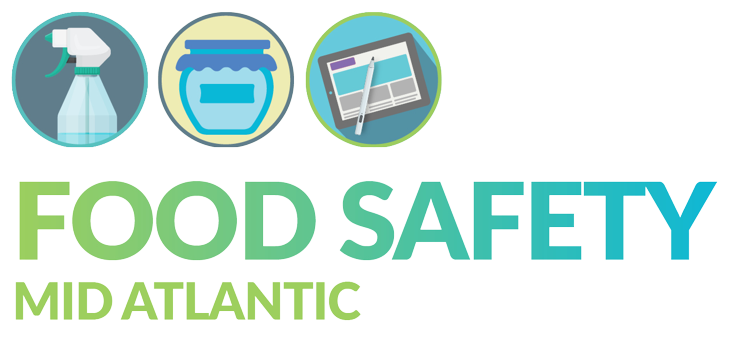When writing Good Manufacturing Practises, my first stop is to check out the FDA’s guidance documents. These documents provide helpful advice as, while they not legally binding, they explain FDA’s current thinking on a topic to do with food regulations or dietary supplements. Specific regulatory or statutory requirements are cited within the documents. The topics covered by different documents span from food safety to food labelling, from milk guidance to medical foods, there is a wealth of information on current thinking there. For example, there is a draft guidance for the “Growing, Harvesting, Packing, and Holding of Produce for Human Consumption” which gives recommendations to covered farms on the thought of current practices for produce. The topics covered in this guidance document include how to tell if your farm is a covered farm, hygiene practices, recommendations on practices for safe growing, harvesting, packing, and holding activities on your farm etc. Once you have decided on the topic of the particular GMP you need to write, you can start your draft using language from the relevant guidance document. There may be another way to do the GMP you are writing about. However, be prepared to defend its effectiveness if you are not following FDA’s recommendations. Especially if it is part of your food safety system to reduce pathogens. Some Tips: MUST means that this part of your policy will always happen; usually because it is in the regulations. In your own GMPs you can decide that something has to happen that isn’t required by law and it becomes a MUST statement. For example, the farmer MUST provide handwashing facilities at all field sites. Should means that something is recommended, but not required by the regulations. For example, farms that do not fit the category of covered farm, SHOULD still follow federal regulations and have a prerequisite program in place. Including means options that are not limited to the described items. For example, processing methods that are approved to treat produce after harvest that reduce the growth of pathogenic bacteria INCLUDE making jams and jellies, cooling freezing, adding acid and heating. Once you have written a GMP, you must write a Standard Operating Procedure for each key step especially if records are necessary to verify that the procedure took place. You must also have a system in place where someone else further verifies that the procedure was carried out as described by the SOPS. My personal policy is that, at a minimum, you want an SOP for every form that must be completed. I gave details on writing SOPS here. Do you have GMPS? Not sure they are satisfactory? Finding the language used hard to follow? Consider attending my Food Safety Coaching Workshop in Philadelphia on Aug 22.
